Biotechnology and the R&D Tax Credit
November 18, 2020 | Biotechnology, Four-Part Test, Tax Credit
There are many industries that qualify for the R&D tax credit as outlined in the Internal Revenue Code Section 41. Today, we’re breaking down qualification for the software and technology industry, specifically the biotechnology industry and some of the innovations we have been hearing a lot about throughout this year.
The Four-Part Test
Qualification for any industry begins with the Four-Part Test and the biotech industry is no different. The Four Part Test outlines the criteria a potentially qualified activity must meet to be deemed as R&D. Qualified activities include:
Activities meant to create a new or improved business component such as software, product, process, formulation, invention, or technique that result in increased reliability, functionality, performance, or quality.
Activities attempting to eliminate uncertainty.
Activities involving a process of experimentation (systematic trial and error).
Activities that are technological in nature (i.e. relying on the hard sciences like physics, chemistry, and engineering).
Examples of Qualified Biotech Activities
In the past couple of months, we have heard more about how technology can be used to aid the healthcare industry in these unprecedented times. Whether for telehealth visits or contact tracing technology; software development has been a necessary part of the conversation. Many companies within the Biotech field have invested time and resources into developing different systems and software products. These projects have the potential to receive benefit through the R&D tax credit. Some of these project may include:
Utilizing Bluetooth and GPS technology to develop proximity-based algorithms for contact tracing;
Improving the capture and management of patient contact data;
Writing code to develop software infrastructure for telehealth visits;
Writing code to allow web-bots to guide a potential patient through different questions in order to gather symptoms for doctors; and
Developing software algorithms that enable workforce management tools and surveillance systems to work in tangent with each other when it comes to contact tracing.
Qualified Expenses - Wages, Contractors, Cloud-hosting Expenses
Throughout the development process of the above projects, there are several different employees and contractors that conduct qualified activities. These are important expenses that are the primary drivers for your R&D credit. Some examples of employees that historically do R&D activity include, Web Developers, Software Engineers, Project Managers, and UX/UI designers. The IRS even allows for employees that are directly supervising such as a CTO and directly supporting such as data anaylsts, to be considered towards to credit. Lastly, another expense that may be claimed towards the credit are costs incurred through development work and testing that is conducted in cloud-based environments.
Schedule a meeting with the PTR team
Overall, there are many ways that Biotech companies can take advantage of this credit in order to continue to grow their business and continue to innovate the Healthcare industry schedule a complimentary consultation meeting with the PTR team to discover how your company qualifies!
